BHG - On the map of the Northern highlands, Ha Giang is a province with many obstacles. But now, when every meter of road is opened, every solid bridge stretches across the river, rugged ravines, a new face is gradually taking shape, strong, connected and sustainable. Resolution No. 22, dated December 22, 2021 of the Provincial Party Committee on breakthroughs in building transport infrastructure for the period 2021-2025 and until 2030 (Resolution 22) is the "compass" to create a strategic breakthrough, promoting Ha Giang to rise up with the whole country.
 |
| Contractors mobilized vehicles and machinery to speed up construction progress of Tuyen Quang - Ha Giang expressway. |
Traffic speeding up
Resolution 22 realizes one of the three strategic breakthroughs, aiming to gradually remove development “bottlenecks” and expand new development space for the province in the long term. Therefore, since its promulgation, the resolution has been thoroughly disseminated to each level of Party committees, authorities, departments, branches and spread to all the people.
Thanks to the drastic participation of the entire political system, the set goals have gradually become reality with impressive numbers: 43/44 traffic projects in the 2021-2025 period have been started, including 1 national key project and 8 provincial key projects. The Tuyen Quang - Ha Giang expressway is being implemented according to plan, the section through Ha Giang province alone is 27.48 km long with a total investment of more than 3,198 billion VND; 2 national highways have been upgraded, 7 provincial roads are under construction with a minimum scale of level IV mountainous areas, expected to complete 170 km.
Deputy Director of the Department of Construction Le Minh Duc said: The breakthrough in the construction of traffic infrastructure has helped the district and commune roads, village and intra-field roads achieve a high rate of hardening with 1,438 km, exceeding the Resolution's target; in which 85% of the border villages have roads meeting the new rural criteria, a specific criterion of Ha Giang, showing the tireless efforts in connecting traffic in the border areas of the Fatherland, helping to eliminate barriers, expand trade and develop production in the border area. The system of hard bridges, dams, and urban road projects are being focused on to complete despite many difficulties due to weather and site clearance.
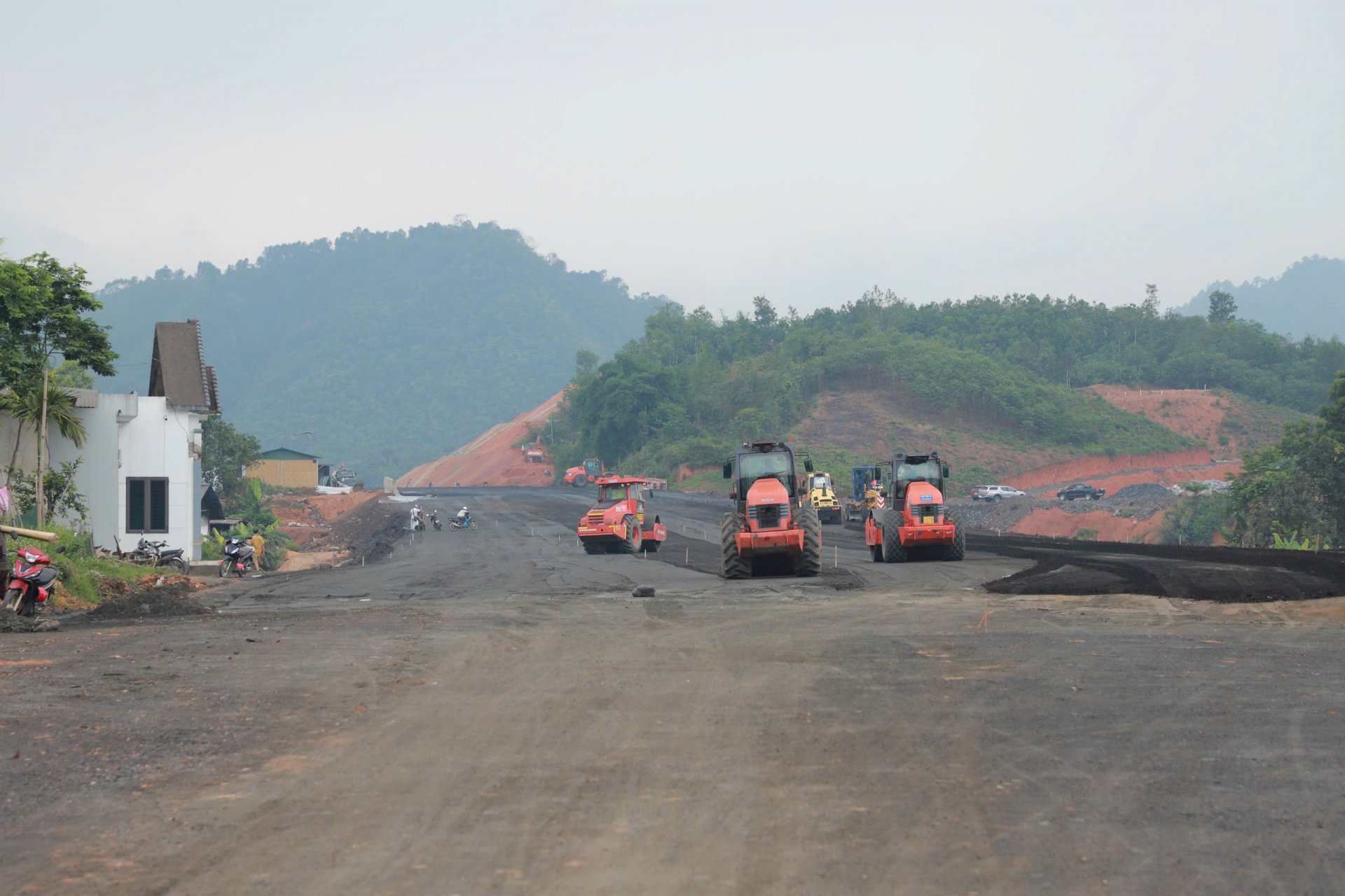 |
| The Tuyen Quang - Ha Giang expressway is gradually taking shape. |
Opening economic corridors from traffic axes
The drastic implementation of traffic projects has created clear socio-economic development corridors. Achievements in traffic infrastructure are considered a premise for Ha Giang to restructure the development space in an effective and sustainable direction. According to the provincial planning for the period 2021-2030, with a vision to 2050, the province has identified 4 key economic corridors based on key traffic routes, including: Ha Giang - Tuyen Quang Expressway Corridor, National Highway 2 and DT.184: Forming an axis of urban economic development - trade - border gate. Corridor of National Highway 4, National Highway 4C, DT.178: Developing tourism, district-level urban areas. Corridor of National Highway 279 and National Highway 280 - National Highway 2C: Connecting urban areas, developing industry and services. On that basis, the province reorganizes the space according to 3 socio-economic development zones: Central lowland region; Dong Van Stone Plateau region; Western mountainous region. Each region has its own development orientation, but is unified based on transport infrastructure as a connecting axis, helping to shorten the development gap and unlock hidden resources.
With the viewpoint of rapid socio-economic development, towards green and sustainable growth on the basis of maximizing and effectively promoting the province's internal resources, the support of the Central Government and attracting other resources; developing based on 4 development pillars: Transport infrastructure and digital infrastructure; unique tourism with diverse types of high-quality services; chain of agricultural products and specialties with high brand value; border gate economy, border trade. Therefore, the province has determined to focus on allocating investment resources for important projects such as: Tuyen Quang - Ha Giang Expressway (CT.15); the route connecting Hanoi - Lao Cai Expressway with Ha Giang (CT.12); National Highway 4 (Xin Man - Hoang Su Phi - Thanh Thuy section); National Highway 280 (Na Hang - Bac Me section); National Highway 2C extension (Lam Binh - Vi Xuyen section).
On the other hand, forming intersections connecting the national traffic infrastructure system with the provincial infrastructure system, in order to enhance inter-regional traffic connectivity, promoting socio-economic development. Upgrading and renovating 5 existing provincial roads to reach the minimum scale of a grade IV mountainous road; particularly difficult sections to reach the standard of a grade V road. Priority is given to renovating and upgrading the Bac Quang - Xin Man road (DT.177) which is a road connecting with expressways, border belt roads, and important national highways. Renovating, upgrading, and expanding 7 district roads, inter-district roads, and 5 roads to border gates/openings/border markers to reach the provincial level, with the road scale reaching at least grade IV; particularly difficult sections to reach the standard of a grade V road.
For routes passing through urban areas, ensure compliance with urban planning. For routes passing through concentrated residential areas, study the scale and route direction according to the specific conditions of the area. Continue to improve the system of border patrol roads, roads to border markers, control stations, and border posts. Invest in upgrading and renovating routes to tourist areas, district roads, commune roads, and inter-commune roads to ensure smooth travel, in accordance with the ability to balance resources in each period.
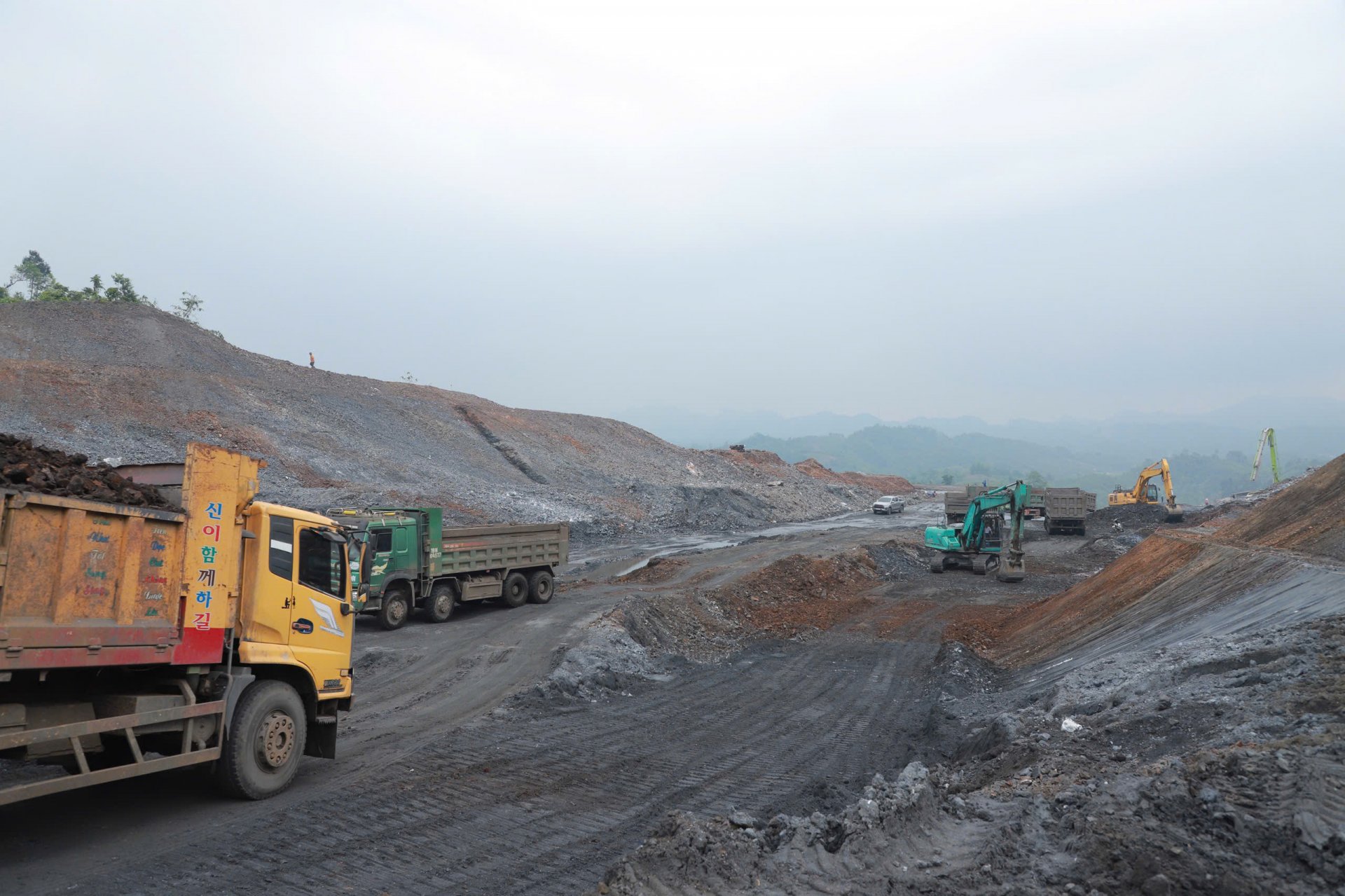 |
| Despite unfavorable weather and difficult terrain, the contractor has made efforts to overcome difficulties to speed up the progress of the Tuyen Quang - Ha Giang expressway. |
Need a strong enough "lever"
Despite many remarkable achievements, the journey to create a breakthrough in transport infrastructure in Ha Giang is not easy. The province faces many difficulties due to the strongly fragmented terrain, high slopes, and landslides, making construction difficult and costly. Lacking large investment resources, the total capital demand for transport projects is very high, while the local budget is still limited. Site clearance is still slow because some people do not agree, and it is difficult to determine the origin of the land. In addition, natural disasters and frequent floods also greatly affect the construction progress of roads and bridges.
With the characteristics of a mountainous border area, Ha Giang really needs special attention and support from the Central Government. In online conferences and working sessions between the province and the Government, representatives of ministries and branches highly appreciated the province's efforts and affirmed their readiness to create favorable conditions in terms of mechanisms, policies and resources. General Secretary Nguyen Phu Trong, during his visit to Ha Giang in early 2025, emphasized: "Ha Giang must develop commensurate with its strategic position and building a highway as well as a synchronous transport system is the way out for Ha Giang", which means it cannot be separated from modern transport infrastructure and inter-regional connectivity.
Comrade Ha Thi Minh Hanh, Vice Chairwoman of the Provincial People's Committee, shared: In the recent period, local people have voluntarily donated land and working days, accompanied the government in clearing the ground, contributing to creating roads "full of humanity". Not only mobilizing people to participate in building roads, the province is also innovating new thinking to open new directions for highland traffic; especially innovating thinking about planning, investment, linking traffic infrastructure with regional and inter-regional space development. Applying science and technology to management, operation and exploitation of traffic infrastructure. Mobilizing diverse resources from the central and local budgets, to ODA projects, public-private partnership, socialization, and land fund exploitation. Improving the efficiency of disbursement of public investment capital, reviewing and adjusting capital structure in a timely manner, prioritizing key projects. Strengthening inspection and monitoring of progress, tightening construction discipline, and strictly handling violating contractors.
From a remote highland province, Ha Giang is gradually changing, moving towards the image of a locality with modern transportation, synchronously connected with the region and the whole country. Each opened route is an opportunity for development; each bridge is a link of aspirations to rise up. Effectively implementing Resolution No. 22 is not only to realize the goal of traffic infrastructure, but also the key to creating a breakthrough in socio-economic development, contributing to improving people's lives, ensuring national defense and security, maintaining the national fence, so that Ha Giang today is strongly rising with the nation to enter a new era.
Kim Tien - Duy Tuan - Bien Luan
Source: https://baohagiang.vn/kinh-te/202506/giao-thong-vuon-xa-ha-giang-but-pha-ky-cuoi-giao-thong-mo-duong-tuong-lai-mo-loi-e557fca/


![[Photo] General Secretary To Lam receives President of the Senate of the Czech Republic Milos Vystrcil](/_next/image?url=https%3A%2F%2Fvphoto.vietnam.vn%2Fthumb%2F1200x675%2Fvietnam%2Fresource%2FIMAGE%2F2025%2F11%2F21%2F1763723946294_ndo_br_1-8401-jpg.webp&w=3840&q=75)
![[Photo] National Assembly Chairman Tran Thanh Man holds talks with President of the Senate of the Czech Republic Milos Vystrcil](/_next/image?url=https%3A%2F%2Fvphoto.vietnam.vn%2Fthumb%2F1200x675%2Fvietnam%2Fresource%2FIMAGE%2F2025%2F11%2F21%2F1763715853195_ndo_br_bnd-6440-jpg.webp&w=3840&q=75)
![[Photo] President Luong Cuong receives Speaker of the Korean National Assembly Woo Won Shik](/_next/image?url=https%3A%2F%2Fvphoto.vietnam.vn%2Fthumb%2F1200x675%2Fvietnam%2Fresource%2FIMAGE%2F2025%2F11%2F21%2F1763720046458_ndo_br_1-jpg.webp&w=3840&q=75)

![[Photo] Visit Hung Yen to admire the "wooden masterpiece" pagoda in the heart of the Northern Delta](/_next/image?url=https%3A%2F%2Fvphoto.vietnam.vn%2Fthumb%2F1200x675%2Fvietnam%2Fresource%2FIMAGE%2F2025%2F11%2F21%2F1763716446000_a1-bnd-8471-1769-jpg.webp&w=3840&q=75)

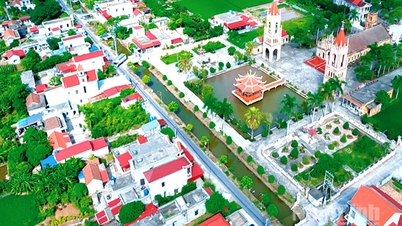



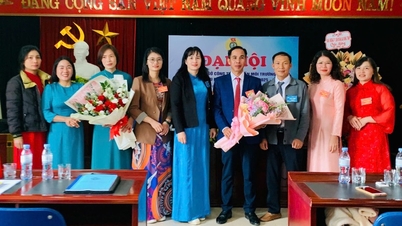




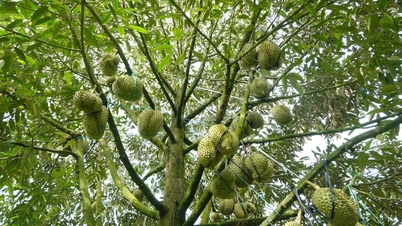





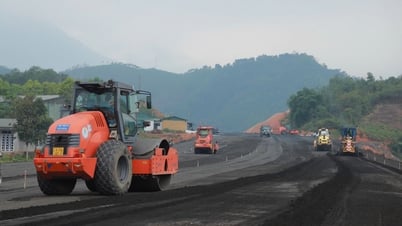


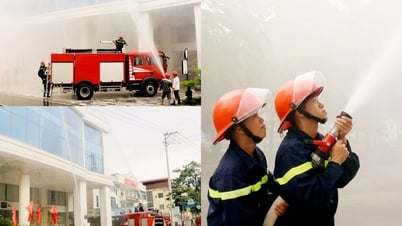

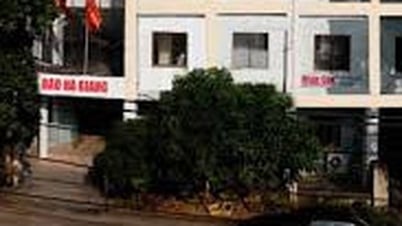








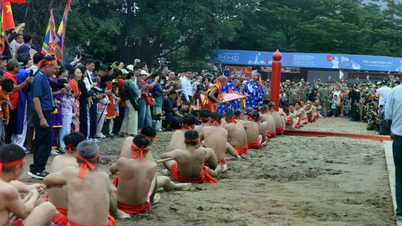


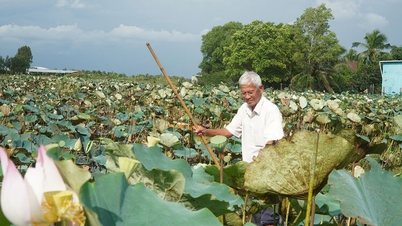












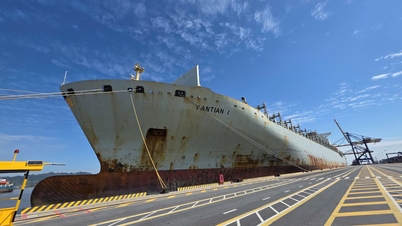
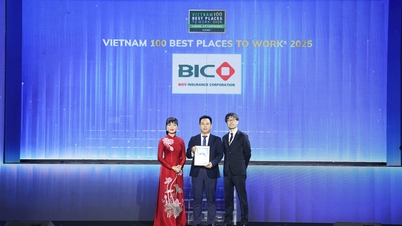




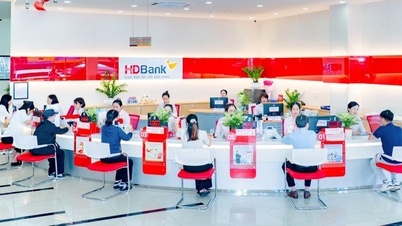

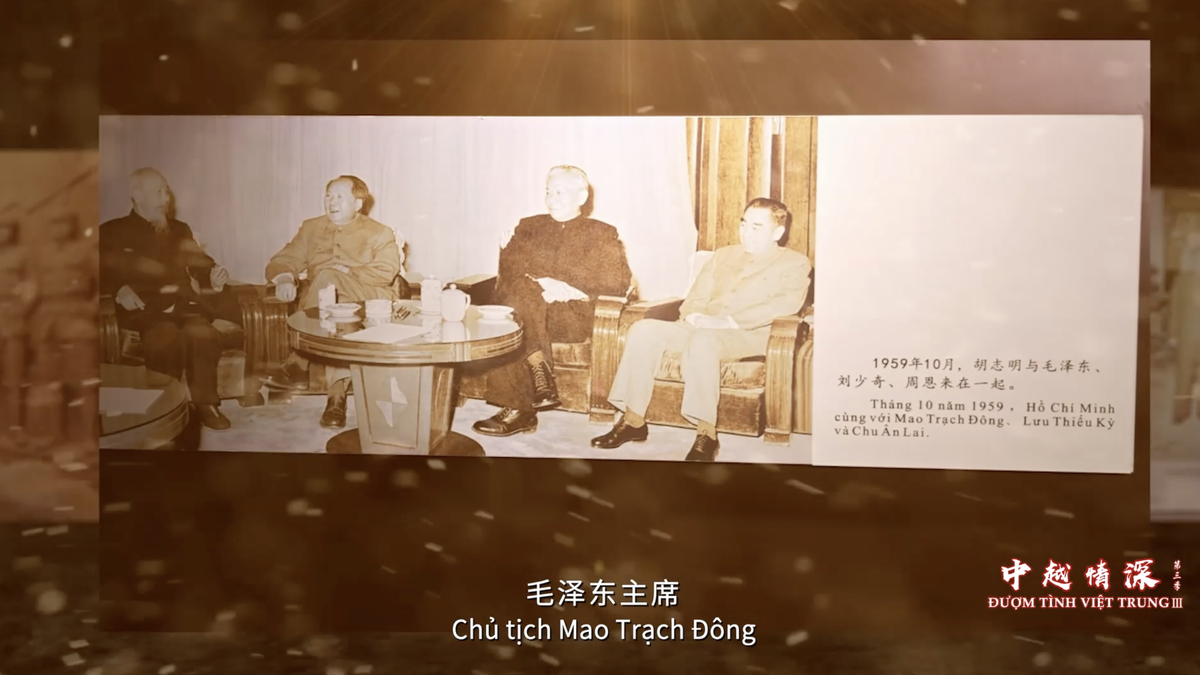

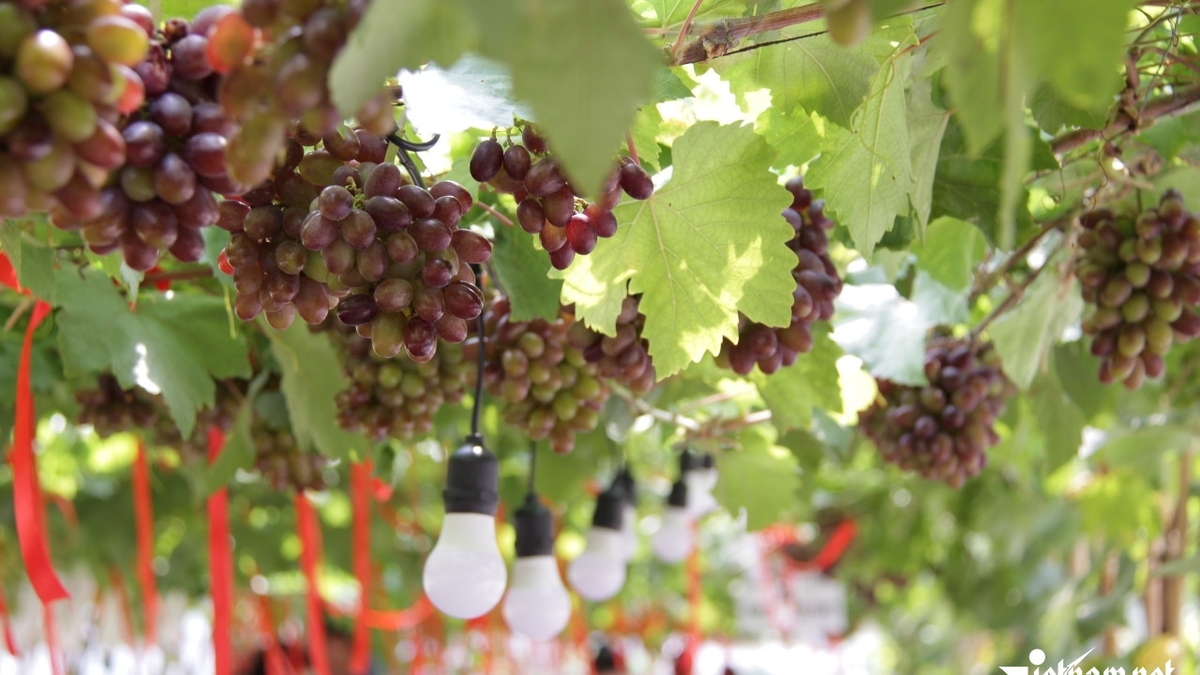


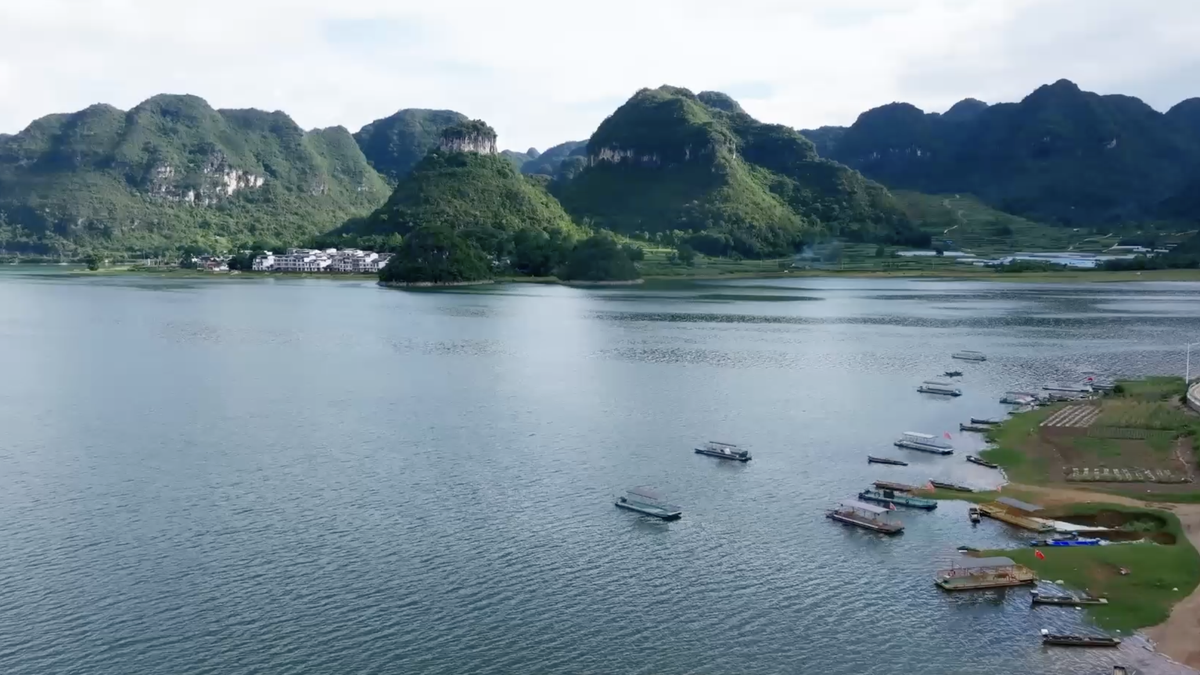
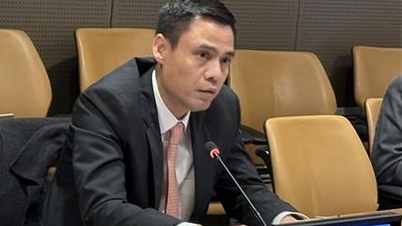



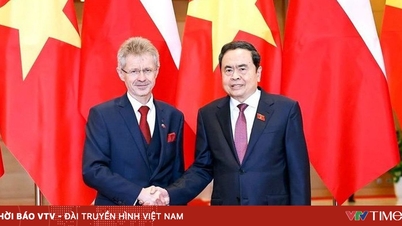

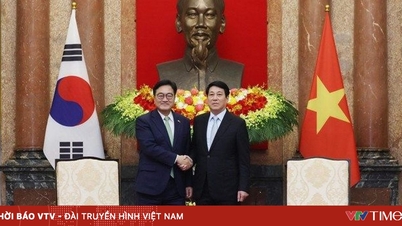
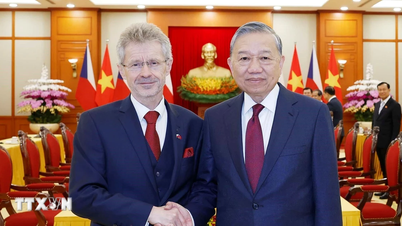

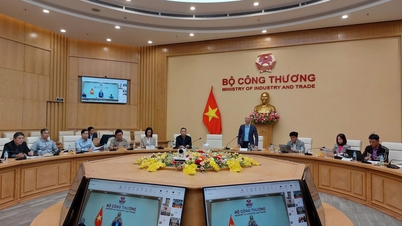





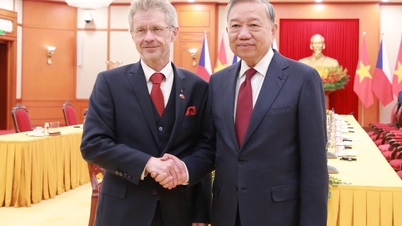

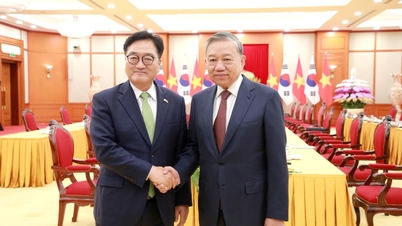
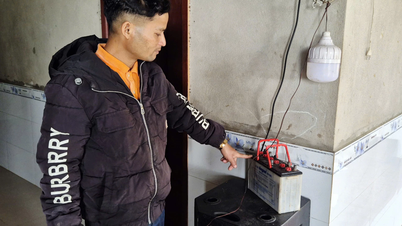








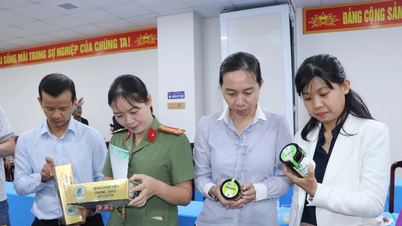

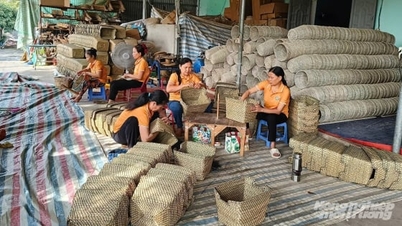






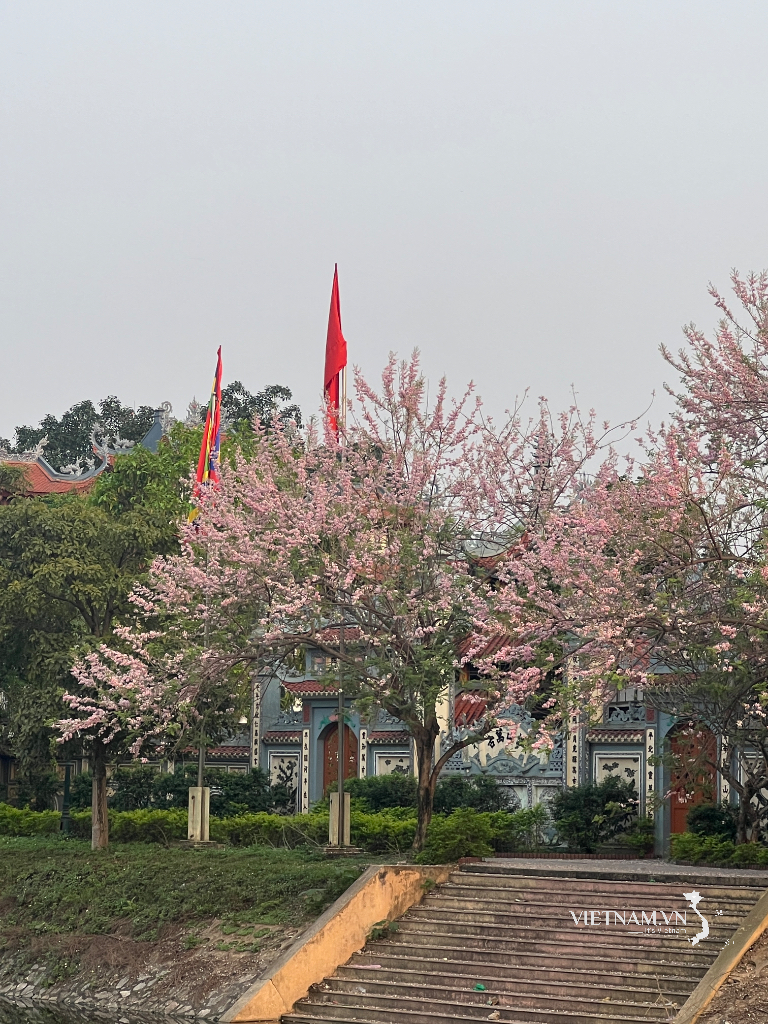



Comment (0)